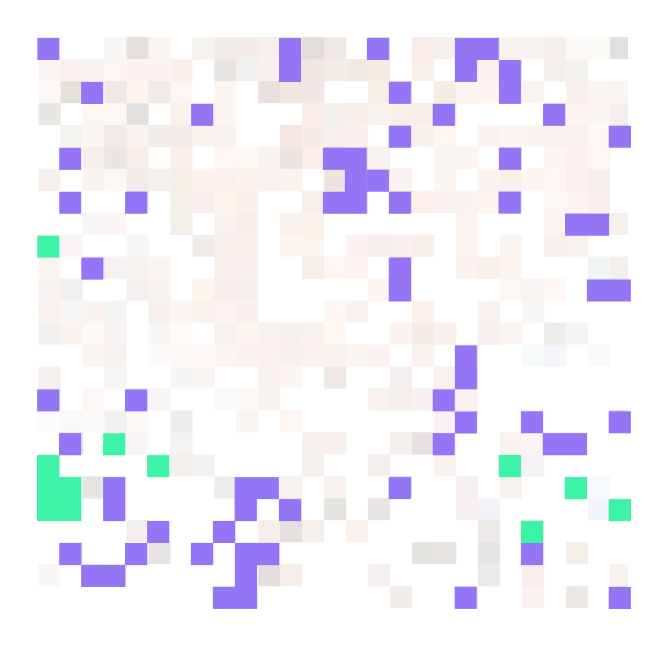02/ COLORS OF AR FILTERS
From natural tones that normalize facial changes to surreal colors which emphasize distortion. Analizing the role of colors in filters

Two main color palette appears between AR Filters affecting the user's face in different ways
Color and light play a major role in the final aesthetic of a filter. From natural skin tones, to fluorescent-colored cheeks, two main trends also appear in the use of colors. While the perfectionist beauty filters favors an overall natural effect, dystopic masks transforms nude skin tones in surreal shades, turning color into a tool of distortion able to influence the perception of faces.
In the analysis, the main color of each post was identified by highlighting instances where it contributed to create a surrealistic effect, applying modifications not achievable in real life.

The #nofilter effect of perfectionist beauty filters





In perfectionist beauty filters there is a dominance of colors characterized by natural tones: warm and smooth.
The presence of different and brighter colors mainly concerns the background of the post not affecting user’s face.
The color probably wants to be neutral to ensure a general natural effect, making less noticeable the presence of other alterations in the face.

The surreal shades of dystopic aesthetic filters




Dystopic filters have a much wider range of colors. The fluorescent and bright shades usually concern the face, showing purple skins and metallic faces, contributing to emphasize a surreal effect, not achievable in real life.
The color deliberately wants to be strong and surreal not to hide the presence of changes and to become a tool for expression and creativity by challenging natural limitations

